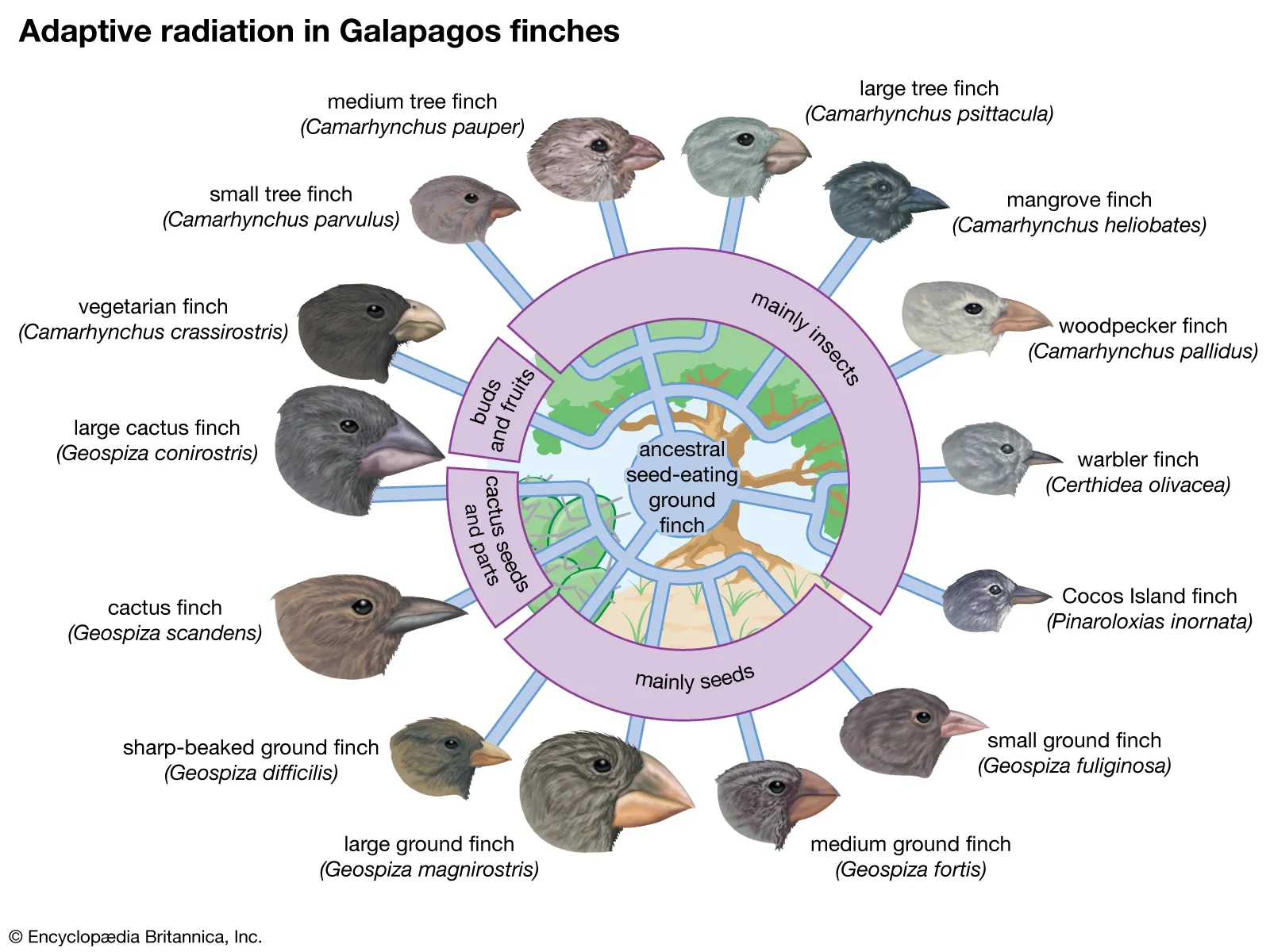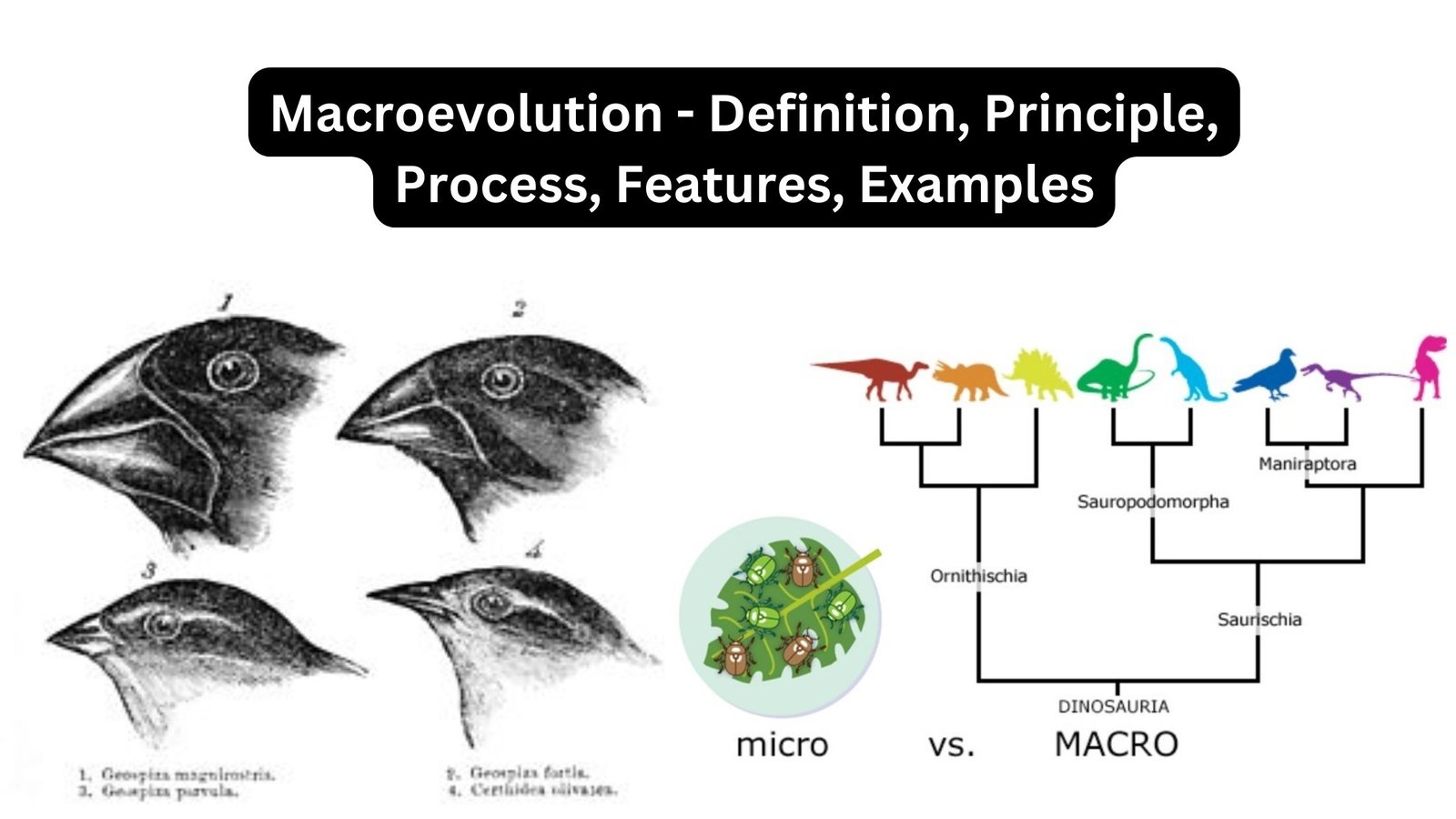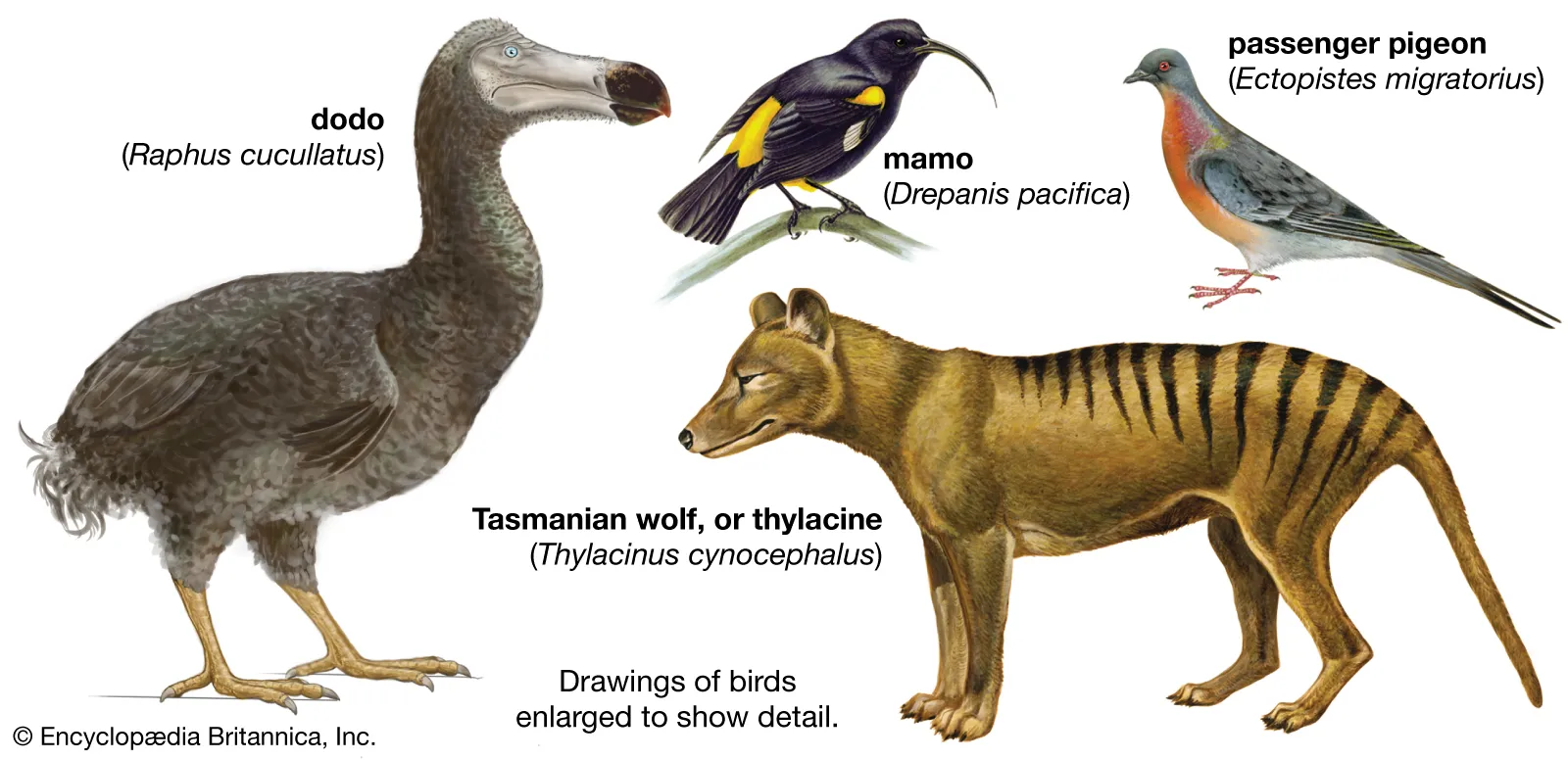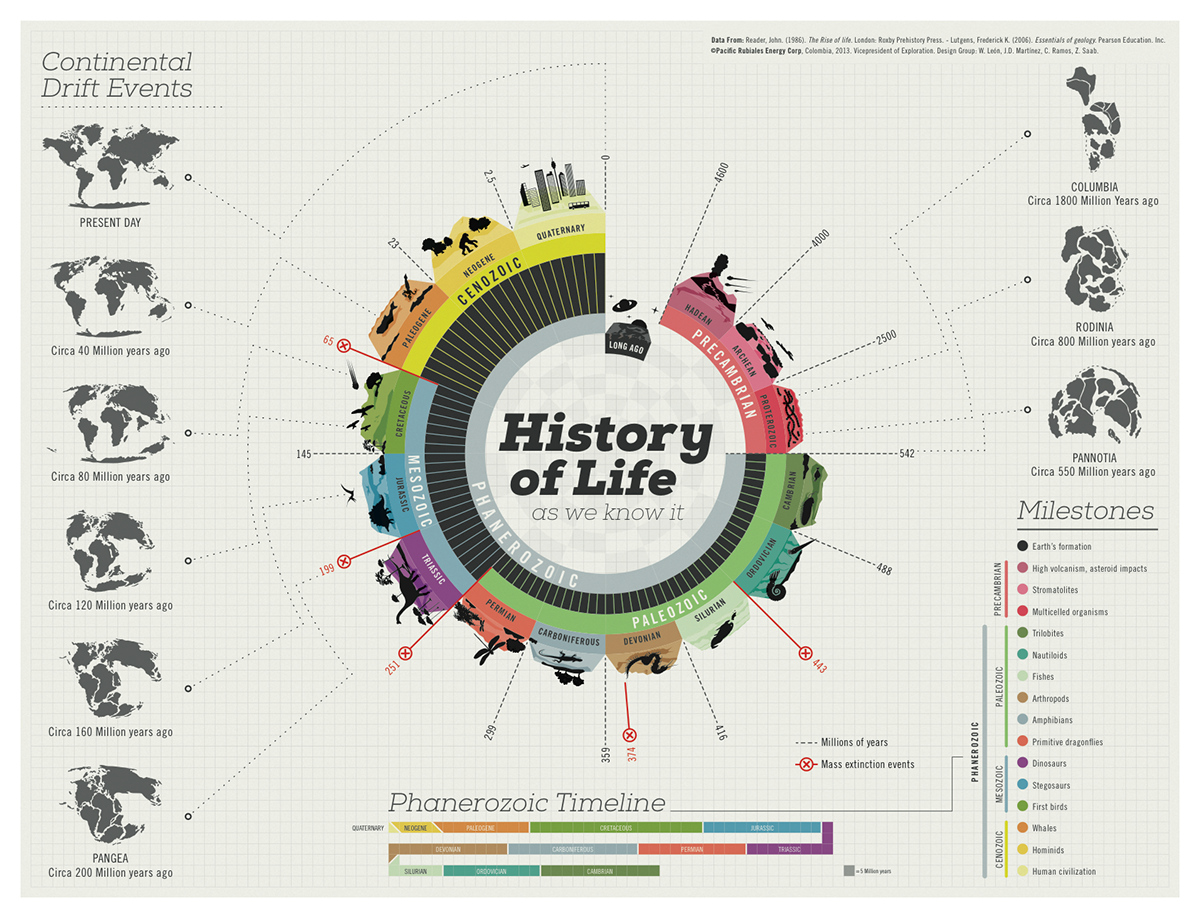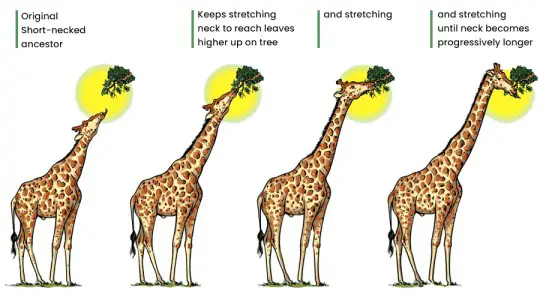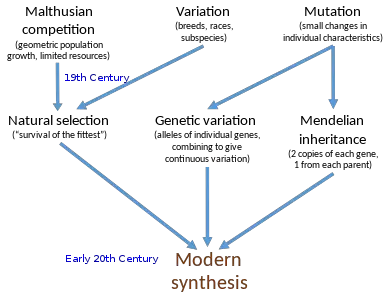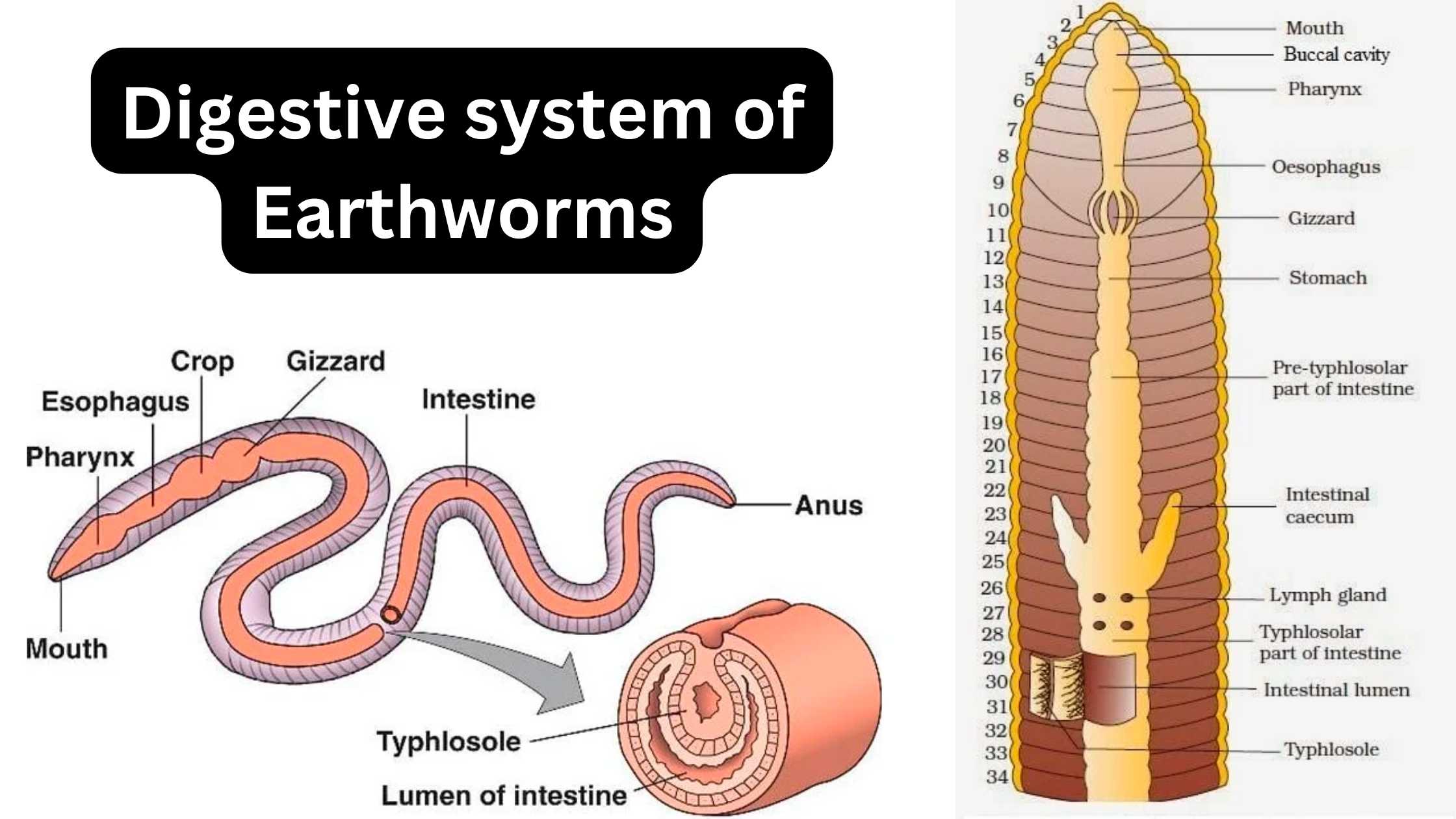Gene frequencies – Definition, Calculation, Importance
What is Gene frequencies? Gene frequencies, also known as allele frequencies, refer to the relative proportions of different alleles at a particular locus or gene within a population. They represent the prevalence or abundance of specific alleles in relation to the total number of alleles in the gene pool. Gene frequencies are typically expressed as … Read more

